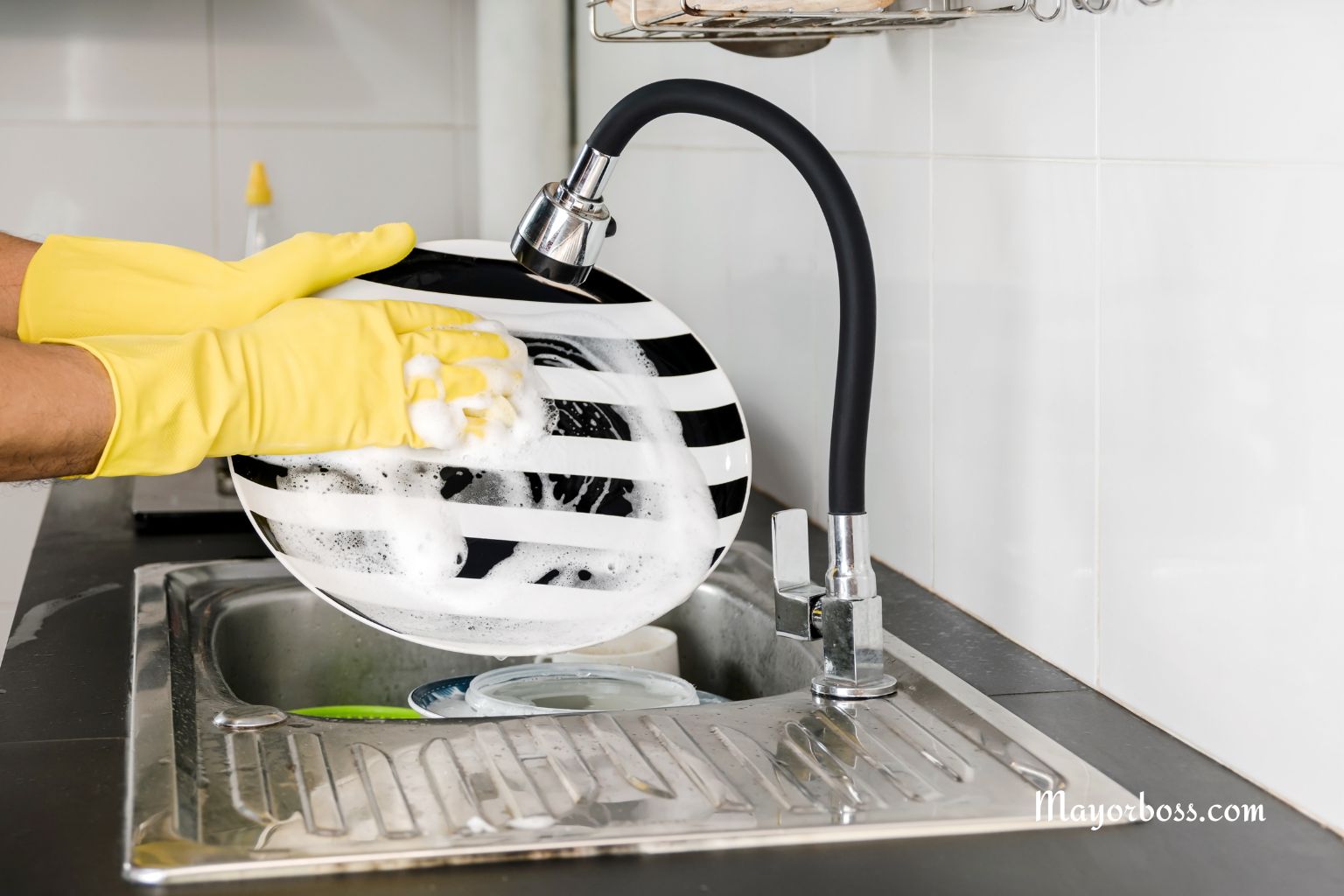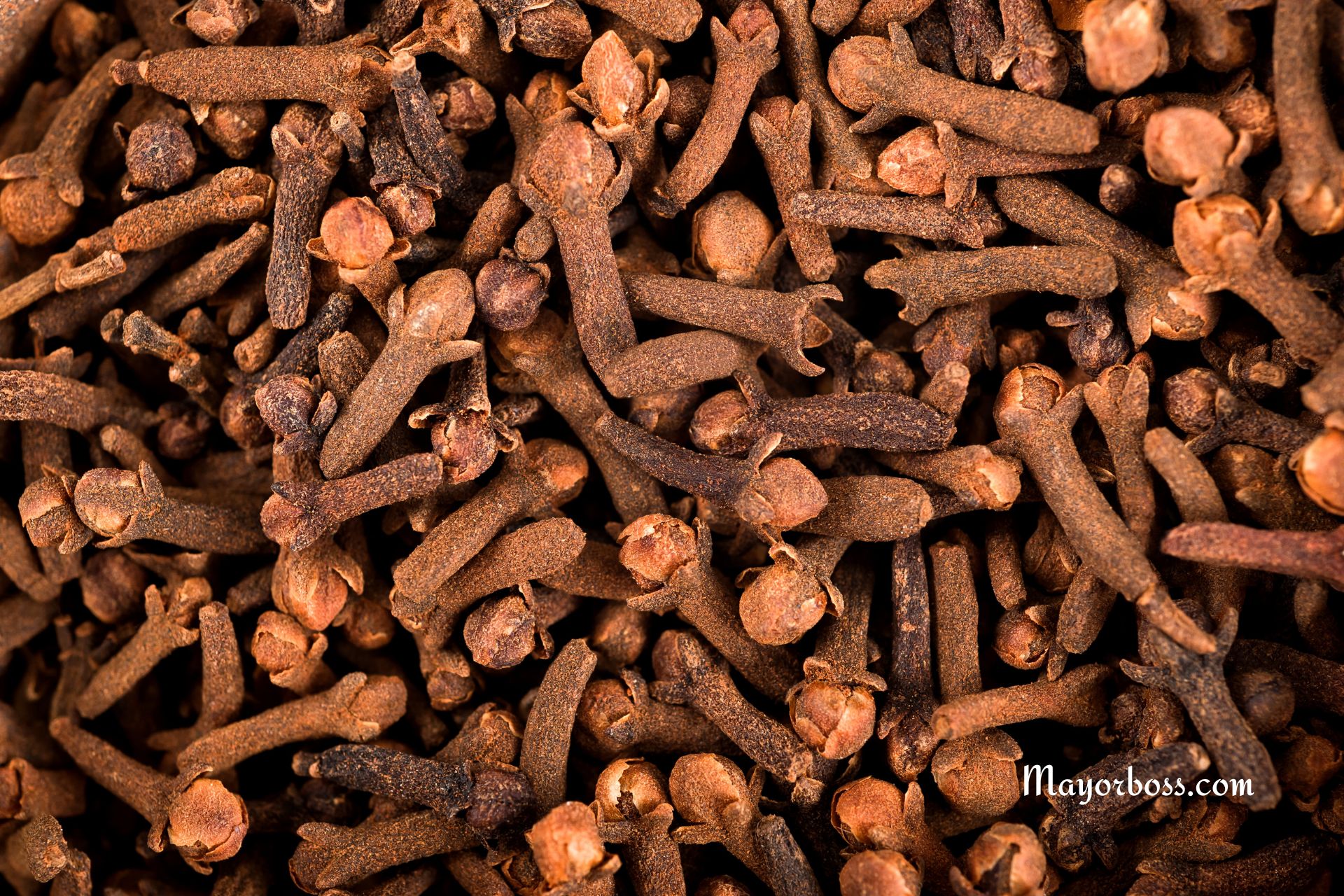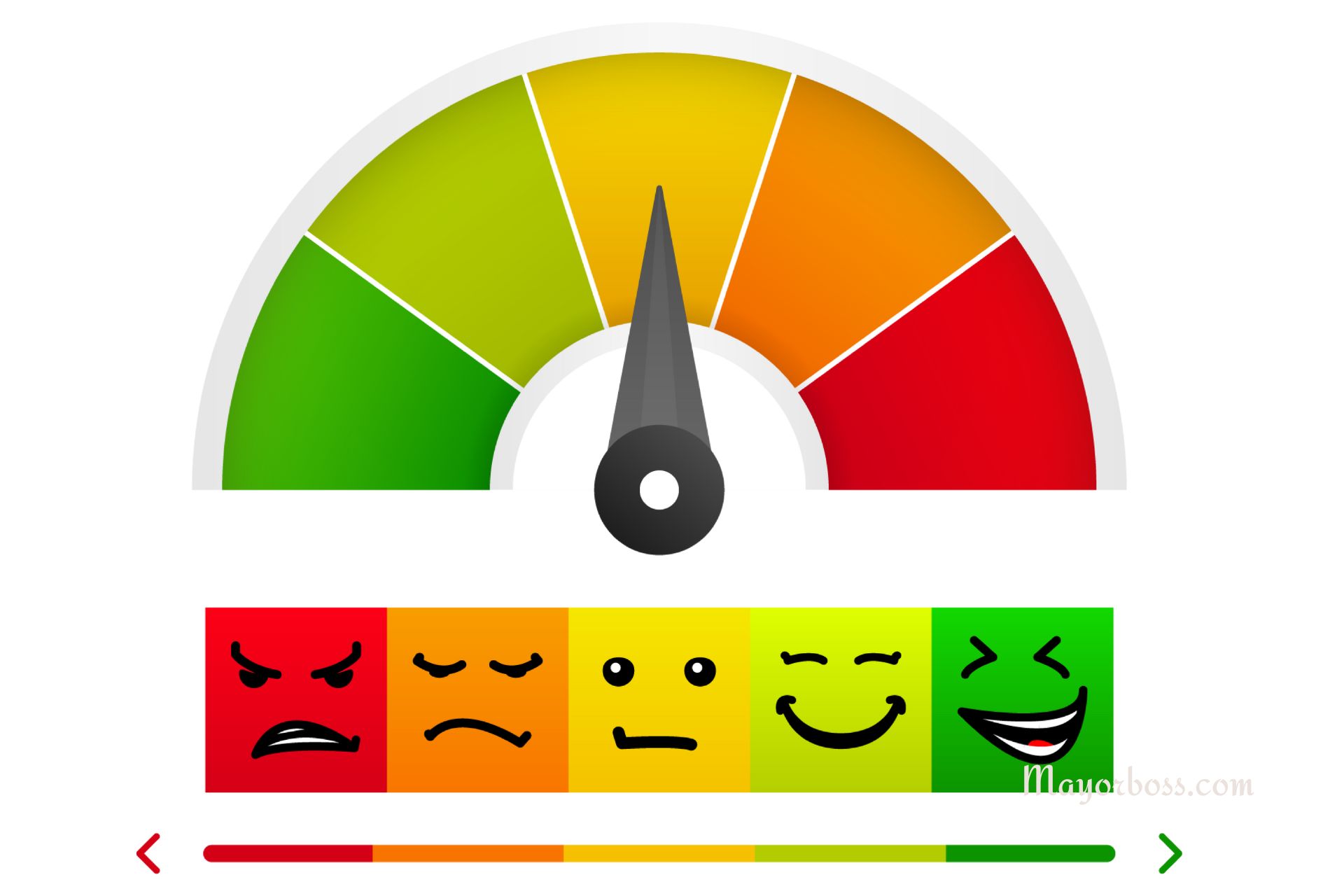How to Replace Dishwashing Sponges: A Useful Life Hack That No One Knows About
You can replace traditional dishwashing sponges with a simple, affordable silicone scrubber, a microfiber cloth, or even a natural loofah. These alternatives last longer, are easier to clean, and can help prevent the spread of germs in your kitchen.

Why Should You Stop Using Regular Dishwashing Sponges?
Most people reach for a sponge every time they do the dishes. It feels like the easiest way to scrub plates, glasses, and pots. But there’s a hidden problem. Sponges are a breeding ground for bacteria. Every time you use one, you add food particles and moisture. Over time, bacteria multiply rapidly inside the sponge, even if you rinse it after each use.
According to studies, sponges can carry more germs than your toilet seat. That’s because the damp, porous material gives bacteria the perfect place to grow. Even microwaving or boiling a sponge doesn’t always kill all the germs. Replacing your sponge every week helps, but it adds up in cost and waste.
The Life Hack: Switch to a Better Dishwashing Sponge Alternative
Now, here’s a simple trick that most people overlook: swap your sponge for a reusable, easy-to-clean alternative. There are several options that do the same job, often better.
1. Silicone Scrubbers
Silicone scrubbers are soft, flexible pads with small bristles. They are designed to wash dishes without scratching. Unlike sponges, silicone scrubbers don’t absorb water. That means they dry quickly, which makes it much harder for bacteria to grow. You can rinse them under hot water or put them in the dishwasher after every use.
Silicone scrubbers last for months, so you don’t have to buy replacements every week. They are gentle on non-stick pans and glassware, but strong enough to tackle stuck-on food.
2. Microfiber Cloths
Microfiber cloths are another great substitute. They trap dirt and grease between tiny fibers, so they clean effectively without scratching your dishes. Microfiber cloths dry fast, which also helps reduce bacterial growth.
After cleaning your dishes, you can toss the cloth in the washing machine. Wash it with hot water, let it air dry, and it’s ready to use again. Many people already have microfiber cloths for cleaning surfaces. You can use one specifically for dishes and another for counters.
3. Natural Loofahs
If you prefer a natural solution, consider a loofah. Loofahs come from dried gourds, and they have a rough, fibrous texture that scrubs away food residue. They work just like sponges but break down naturally over time.
Loofahs are biodegradable and can go straight into your compost bin when they wear out. Just make sure to rinse and dry them well after each use. Replace them every month to keep things fresh and clean.
4. Old Dish Towels
Do you have worn dish towels at home? Cut them into smaller pieces and use them for washing dishes. Cotton towels are soft, absorbent, and can be machine-washed after each use. Repurposing old towels is cost-effective and reduces waste.
How to Use These Alternatives
Using a silicone scrubber, microfiber cloth, or loofah is simple. Wet the scrubber or cloth, add a drop of dish soap, and wash as you would with a sponge. After you finish, rinse thoroughly and leave it in a spot where it can air dry.
If you use a microfiber cloth or towel, make sure to wash it regularly. For silicone scrubbers, pop them in the dishwasher once a week.
Extra Tips to Keep Your Kitchen Clean
- Always let scrubbers and cloths air dry. Moisture encourages bacteria.
- Keep separate cleaning tools for dishes and countertops. This prevents cross-contamination.
- Disinfect reusable tools often. Hot water and dish soap are usually enough, but a weekly deep clean helps.
- Avoid sharing dishwashing tools with raw meat or eggs. Wash those items separately, if possible.
When Should You Replace These Alternatives?
- Silicone scrubber: Replace every 6-12 months or if it breaks.
- Microfiber cloth: Replace when it loses its texture or looks worn out, usually after several months.
- Loofah: Replace every 3-4 weeks or when it begins to break apart.
- Cotton towel: Replace as needed, but wash after every use.
The Takeaway
Ditching your old dish sponge is easier than you think. With silicone scrubbers, microfiber cloths, loofahs, or even old towels, you get cleaner dishes and a healthier kitchen. These options are affordable, last longer, and help keep your kitchen free from unwanted germs.
FAQs
1. Why do dishwashing sponges get so dirty?
Sponges stay damp and pick up food particles, which makes them the perfect place for bacteria to grow.
2. Can I microwave my sponge to clean it?
Microwaving kills some germs but not all. It’s safer to use a tool you can disinfect more thoroughly, like a silicone scrubber or microfiber cloth.
3. How often should I replace my dishwashing alternative?
Silicone scrubbers last for months. Microfiber cloths and loofahs need regular washing and should be replaced every few weeks or months, depending on wear.
4. Are silicone scrubbers safe for non-stick pans?
Yes, silicone scrubbers are gentle and won’t scratch non-stick surfaces.
5. Are these alternatives more eco-friendly than sponges?
Yes. Reusable or compostable tools reduce waste and last longer, which is better for the environment.






